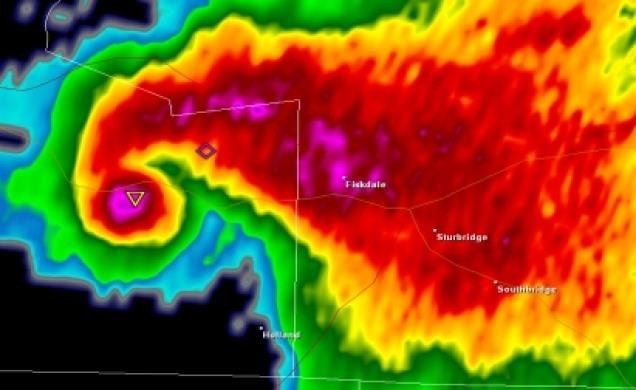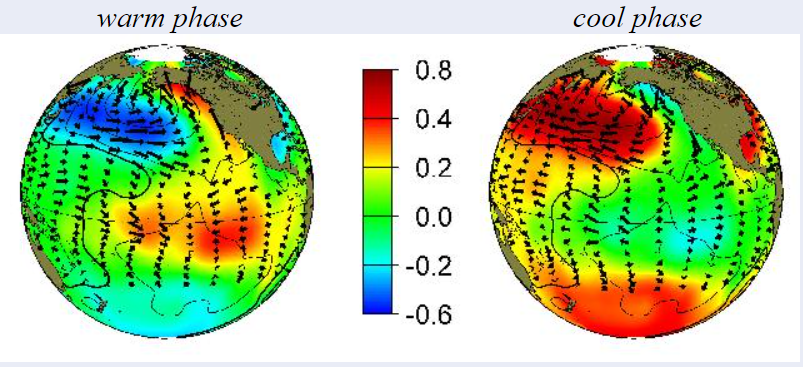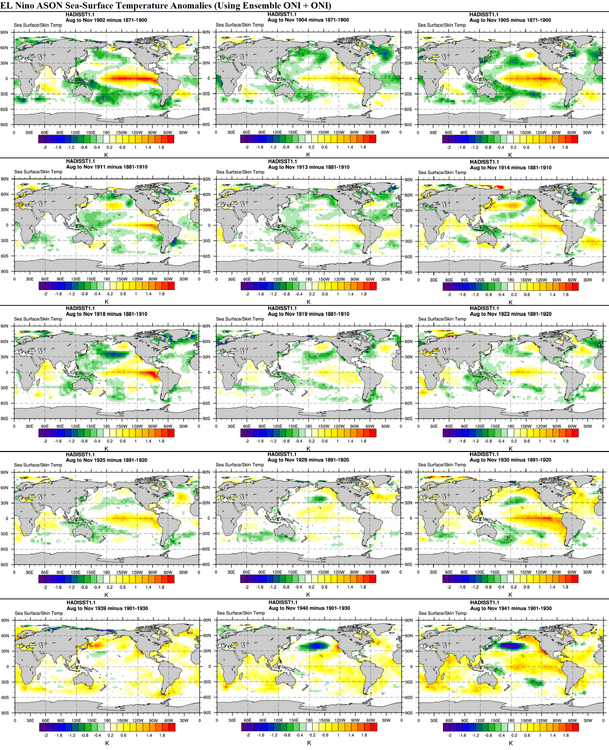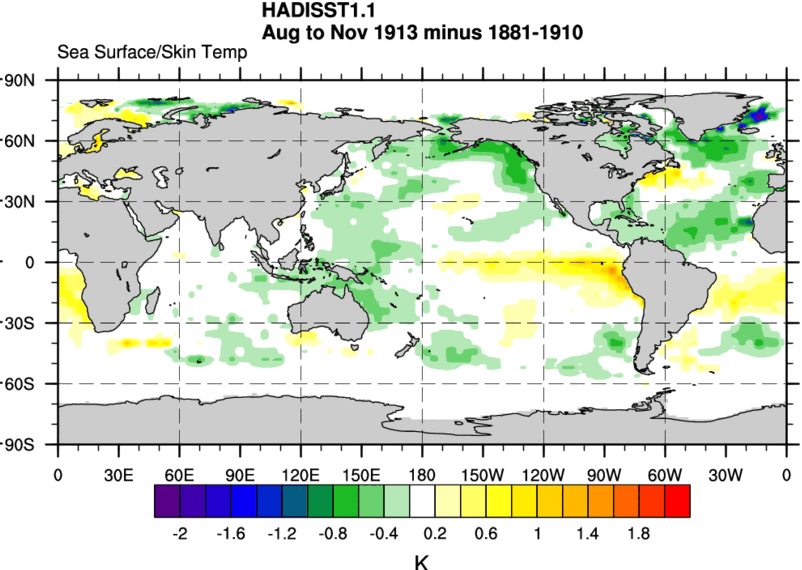-
Posts
77,947 -
Joined
-
Last visited
Content Type
Profiles
Blogs
Forums
American Weather
Media Demo
Store
Gallery
Everything posted by weatherwiz
-

Octorcher or Roctober 2023 Discussion Thread
weatherwiz replied to Damage In Tolland's topic in New England
Anyone know what these things are? They’re biting me and the bites look like mosquito bites -

Octorcher or Roctober 2023 Discussion Thread
weatherwiz replied to Damage In Tolland's topic in New England
This is by far and away one of the best days of the year. Today is the definition of perfection. Will be sitting outside drinking some beers watching the pats game. -

Wake Me Up When September Ends..Obs/Diso
weatherwiz replied to 40/70 Benchmark's topic in New England
NAM GFS spits out about an inch of precip at BDL while GFS is a few tenths of an inch -

Wake Me Up When September Ends..Obs/Diso
weatherwiz replied to 40/70 Benchmark's topic in New England
Only thing that could keep temps back Tuesday is we should develop quite a bit of fair cumulus clouds given steep lapse rates and pretty decent instability (especially for Oct. standards). Should have enough moisture present as well. -

Wake Me Up When September Ends..Obs/Diso
weatherwiz replied to 40/70 Benchmark's topic in New England
Don't forget those are 2m temperatures, it can be colder at the surface. -

Wake Me Up When September Ends..Obs/Diso
weatherwiz replied to 40/70 Benchmark's topic in New England
Cowboys may be avoiding flooding rains in New England this weekend with the game in Dallas but they won't be able to avoid getting flooded with offense from the Patriots. -

Wake Me Up When September Ends..Obs/Diso
weatherwiz replied to 40/70 Benchmark's topic in New England
Everything going north. Seems like the only thing going south are the birds. -

Wake Me Up When September Ends..Obs/Diso
weatherwiz replied to 40/70 Benchmark's topic in New England
Going to the Big E around 5...what a stunningly lovely day. Another 10-15F warmer would be perfect but this is great stuff. -
Yes, I believe PDO also incorporates SLP and surface wind stress. Incorporating SLP anomalies probably is a good idea when classifying PDO state during EL Nino (and La Nina regimes). I am very curious to see how the PDO progresses through the remainder of the fall. Based on raw PDO data, we're in a solid -PDO state and that massive warm pool in the north Pacific is reflective of that as well (only think really lacking is cooler waters off the western coasts). There have been very few winters where we had a strong EL Nino episode and a solidly -PDO state.
-
Question for @CoastalWx @ORH_wxman @40/70 Benchmark or really anyone who is much more knowledgeable than I am in this respect. I am doing some work with the PDO and ENSO phase. In assessing positive (warm) phase versus negative (cool) phase I am using this guideline from Stepen Hare and Nathan Mantua: Now we know that the PDO tends to be in the warm phase during EL Nino episodes and the cool phase during La Nina episodes, however, that is not always the case. Below are ASON SST's during EL Nino events. Utilizing the graphic from above, I am focusing on SSTA patterns within the equatorial Pacific, west coasts of the United States, Canada, and Alaska, and the northern Pacific. I am cross referencing with the raw numbers from this site https://www.ncei.noaa.gov/access/monitoring/pdo/ One thing I'm noticing is I think the very warm waters associated with EL Nino across the equatorial Pacific are heavily skewing the raw PDO data. For example, here is 1913 PDO data for ASON (clearly the numbers are positive) However, the SST configuration is not very reflective of a +PDO pattern So I guess two questions are: 1. When assessing PDO state what metrics should be considered to balance out how ENSO may skew the PDO (SSTs within the equatorial PAC)? 2. If the SSTA configuration say from the west coast of the U.S. north across Alaska and north Pacific are more reflective of a negative (cool) phase but you have the warm SST's within the equatorial PAC due to EL Nino, what's the distinguisher to classify PDO state?
-

Wake Me Up When September Ends..Obs/Diso
weatherwiz replied to 40/70 Benchmark's topic in New England
I haven't looked too heavily but I thought it seemed a bit weird how the GFS warms 850/925 Saturday and Sunday despite a flow which did not seem favorable. I would figure we would want to see at least even a weak westerly flow in the warm llvls to advect the airmass over the OV in. Now...it does look like there could be some over the top spillage into northern New England but I also question whether we'll mix as deep as the GFS is suggesting. -

Wake Me Up When September Ends..Obs/Diso
weatherwiz replied to 40/70 Benchmark's topic in New England
As modeled, I think the GFS is too warm for the weekend. -

Wake Me Up When September Ends..Obs/Diso
weatherwiz replied to 40/70 Benchmark's topic in New England
I am starting to consider it. Hockey gets me through winter...more snow makes it more enjoyable so hopefully this winter delivers. -

Wake Me Up When September Ends..Obs/Diso
weatherwiz replied to 40/70 Benchmark's topic in New England
It is freezing out. Have to put up with this for 9 more months Would be better if the sun was at least out...but then again it would also be warmer -

Wake Me Up When September Ends..Obs/Diso
weatherwiz replied to 40/70 Benchmark's topic in New England
Right...I'm referring to the more less extreme flooding. -

Wake Me Up When September Ends..Obs/Diso
weatherwiz replied to 40/70 Benchmark's topic in New England
Don't doubt that at all but some of the drainage systems are horrific and it stems to when they were first constructed. I can't remember what stretch it was...it may have been 84 in and around Waterbury, but when it was first built the drainage systems lead to nowhere...it was just a bunch of catch basin but they lead to nowhere. I believe there was a huge lawsuit on this and what happened was there was a big bonus if the projected was completed by a certain date or year. So to save time the drainage systems were never completed. Over the past I'd say 10-15 years there has been a ton of work around the state to upgrade the systems but so many of the street drains are clogged with debris and it gets really worse in the fall with the leaves coming down. But better care with this could probably prevent at least some of the flooding which occurs. -

Wake Me Up When September Ends..Obs/Diso
weatherwiz replied to 40/70 Benchmark's topic in New England
I'm also wondering if alot of these flooding we saw was a product of some pretty terrible drainage systems and the lack of care taken by towns/cities to make sure drains aren't clogged. -

Wake Me Up When September Ends..Obs/Diso
weatherwiz replied to 40/70 Benchmark's topic in New England
Hopefully the fall can at least muster up some low topped squall line events. -

Wake Me Up When September Ends..Obs/Diso
weatherwiz replied to 40/70 Benchmark's topic in New England
Some trees around here are certainly starting to show some color. Fall is here -

Wake Me Up When September Ends..Obs/Diso
weatherwiz replied to 40/70 Benchmark's topic in New England
It’s a hot chocolate kind of day. About to make some hot chocolate. -

Wake Me Up When September Ends..Obs/Diso
weatherwiz replied to 40/70 Benchmark's topic in New England
It is depressing looking at the entirety of GFS runs and knowing there is no big CAPE on the horizon and not for another like 9 months. Now I know why bears hibernate during the winter. -

Wake Me Up When September Ends..Obs/Diso
weatherwiz replied to 40/70 Benchmark's topic in New England
Leaves certainly going to be changing this upcoming week. Fall greats us with a big hug and kiss this week









